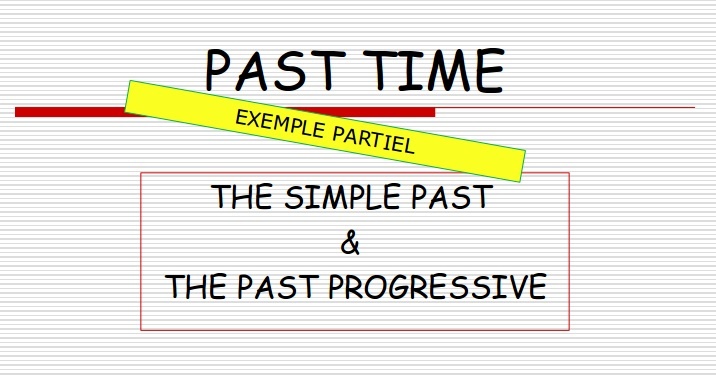Time is for Learning
Traditional English grammar teaching methods are not always a classroom favorite. Advanced students tune out because they’ve seen it all before. The weakest students stress out because the material is presented too quickly for them to follow. About a third of the class actually benefits from the information being presented. How can class time be used to best advantage? When dealing with grammar concepts, IT opens the door for individually-tailored, dynamic learning.
Self-taught Grammar was designed in the spirit of creating student-centered learning that targets individual student needs. At the most basic level, students are asked to complete four grammar modules – Modals, The Present Tenses, The Past Tenses and The Future – at their own pace. The modules focus on verb forms with a glimpse at their usage. Students are asked to complete the modules in a predetermined order. Each module has three stages: presentation, practice and evaluation. A module is not deemed completed by a student until the evaluation, which is a quiz on Exam Studio, is passed with a grade of 70% or higher. Students have about ten lab periods to complete the entire set. Below is a look at the operating methods for each module.
STEP 1 — PRESENTATION

Example of a module developed using PowerPoint.
The student listens to the accompanying PowerPoint which is found on the Network drive and then responds to questions on the Study Sheet. Afterwards, responses can be checked using an answer key which is available at the laboratory. Students can copy the PowerPoint on a USB key if they want to continue watching the presentation elsewhere. They can also print it in black and white without losing the indicators for important points.
STEP 2 — PRACTICE
The student completes exercises in their grammar workbook and corrects them using the answer key which comes with this document. Students can work in teams if they wish and can do additional exercises on the Internet.
STEP 3 — EVALUATION
When the student is ready, they can take the test which is available on Exam Studio in DECclic II. A number of computers are reserved for this activity. If the student’s grade is under 70%, the student must consult the teacher to pinpoint their problems and to reschedule another test. If the grade is over 69%, the student moves on to the next module. If the student wishes, they can review the test that they just completed with a teacher. The exam can be repeated because the system creates individualized tests by randomly drawing from a bank of questions. Each time the teacher programs a retest; however, the student loses a percentage point from their final grade.
When one works with a modular approach, students become engaged almost in spite of themselves because they become the masters of their own knowledge acquisition. They not only learn grammar; they learn to become responsible and autonomous. They learn to ask questions when they don’t understand, and they learn that studying can improve grades. Furthermore, the students who complete the modules earliest, after five or six weeks, are able to go further in their language learning. Their time is not wasted.
…students become engaged almost in spite of themselves because they become the masters of their own knowledge acquisition.
Using Self-taught Grammar has shown a number of important principles to respect. First, students must be guided and supported to ensure that the work is done throughout the semester. This is particularly true for students with the longest road to follow; they are often the least comfortable with a modular approach. Second, allowing time in class to do one or two language activities which include the entire class is of value. Finally, the creation of modules dealing with more advanced concepts will allow those who finish early to explore more advanced principles of grammar.
To conclude, students rapidly grasp that the role of the teacher is not only still required but different and very dynamic. Do you see yourself at ease with this methodology?

